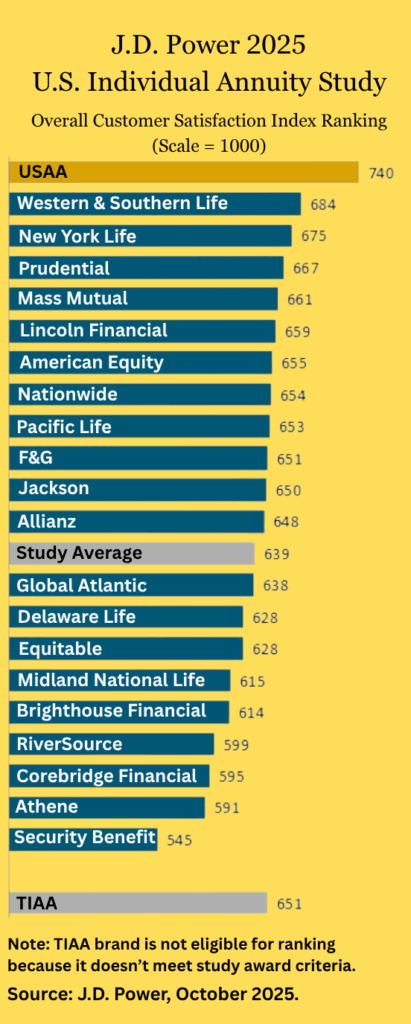The folks at Prudential Annuities were greeted Saturday morning by a five-column story on page B5 of the business section of The New York Times. The headline read, “A Guaranteed Return on an Annuity Has Limits After All.”
The story became quite ripe with emotion near the end, when the owner of a Prudential HD variable annuity living benefit rider said he compared the closing of his contract to additional purchase payments to the closing of his town’s swimming pool on Labor Day, which apparently broke his son’s heart.
But the Times’ headline was wrong, and much of the story was wrong, and the Times writer wronged Prudential. Nonetheless, the VA industry helped sow the seeds of those errors when it hyped the value of VAs with GLWBs and roll-ups in the first place.
Three errors by the Times
The story was wrong on three specific counts. First, the story did not say that Prudential wasn’t the only, or even the first, VA issuer to close rich old contracts to new contributions from existing contract owners. AXA Equitable did it last winter. MetLife did it in August, about the same time as Prudential. According to Soleares Research in New York, John Hancock and Ameriprise made similar moves this year.
A second, and more important, misunderstanding began with the headline, which referred to a “guaranteed return.” According to the Times, Prudential’s “Lifetime Seven annuity guaranteed annual growth of 7 percent of the highest balance.”
Wrong. As those in the industry know, VAs with GLWBs with deferral bonuses (“roll-ups”) don’t offer a guaranteed return. The roll-ups typically offer a guaranteed increase in the value of the benefit base on which the annual payout rate is calculated.
There’s not space enough in this column to attempt a translation of those last two sentences. To explain exactly how the Prudential Highest Daily product works to a layperson would take perhaps an hour. Before five minutes had elapsed, the MEGO effort would probably frustrate the effort.
The Times’ third error or lapse, and this was odd for a story in the business section of the paper of record, was in not covering the protecting-the-shareholder angle. The story was told almost entirely from the aggrieved contract owner’s angle.
That was surprising, because Prudential executives, in my experience, have almost always prefaced their defense of any benefit cutbacks by citing the need to shield the company from undue risk and thereby protect shareholder value.
On the contrary, the article twice quoted Bruce Ferris, senior vice president for sales and distribution, Prudential Annuities, to the effect that “the decision to suspend future contributions was driven by the desire to protect current annuity holders.” Perhaps he did mention shareholders, as he customarily does, and those comments didn’t make it into the final version of the story.
A bigger error by the VA industry
To some extent, the story was an example of “gotcha” journalism. Considering the pressure from the interest rate environment, the decision by annuity issuers to block new contributions from existing owners of generous old contracts should not have been especially newsworthy. If those riders aren’t available to new investors, there’s no reason why they should be available to existing shareholders. Both types of contributions heighten the risk of the product. That doesn’t help anyone.
But this is arguably a case of offsetting penalties. The VA industry allowed, or perhaps even encouraged, too many clients to believe that GLWB deferral bonuses were much more intrinsically valuable than they ever actually were. Too many of the people who bought VAs with GLWBs with roll-ups clearly thought they were earning a guaranteed return on their assets. They were allowed to believe that. Blowback of the type we saw in Saturday’s Times was predictable.
And the bad news may not be over. If contract owners haven’t read their 150-page prospectuses closely, and evidently many of them have not, they probably also don’t know that in some cases the issuers have the discretion to raise fees substantially and to restrict investment options. Economic adversity may bring more of these “rusty nails” to light. If so, the bad publicity that follows will further hurt the industry’s reputation. In that event, the industry will deserve part of the blame.
© 2012 RIJ Publishing LLC. All rights reserved.


